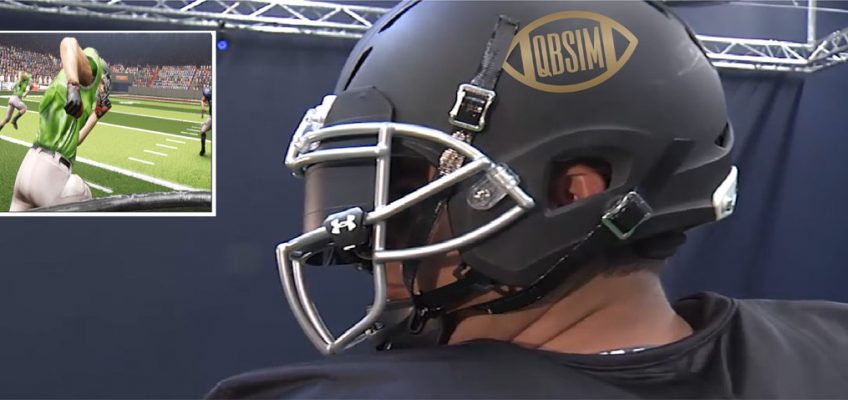Brain science tells us that VR could be a powerful tool for effective sports training
American football is extremely popular in the U.S. and continues to gain many fans on the international stage, yet the sport has been plagued by issues such as the high likelihood of incurring injuries and concussions.
Football players need to train to perform at their highest level, but this training needs to proceed with little, or no, physical contact. And this is especially true of the most important player on the field – the quarterback. As Ted Sundquist, former Air Force Academy player and coach, and 16-year veteran with the Denver Broncos know all too well:
“Quarterback play is the single biggest determinant for an NFL team of its win-loss record and for that reason NFL Teams invest heavily in that position. This season NFL teams are spending over $550 million on quarterback salaries,“ he says.
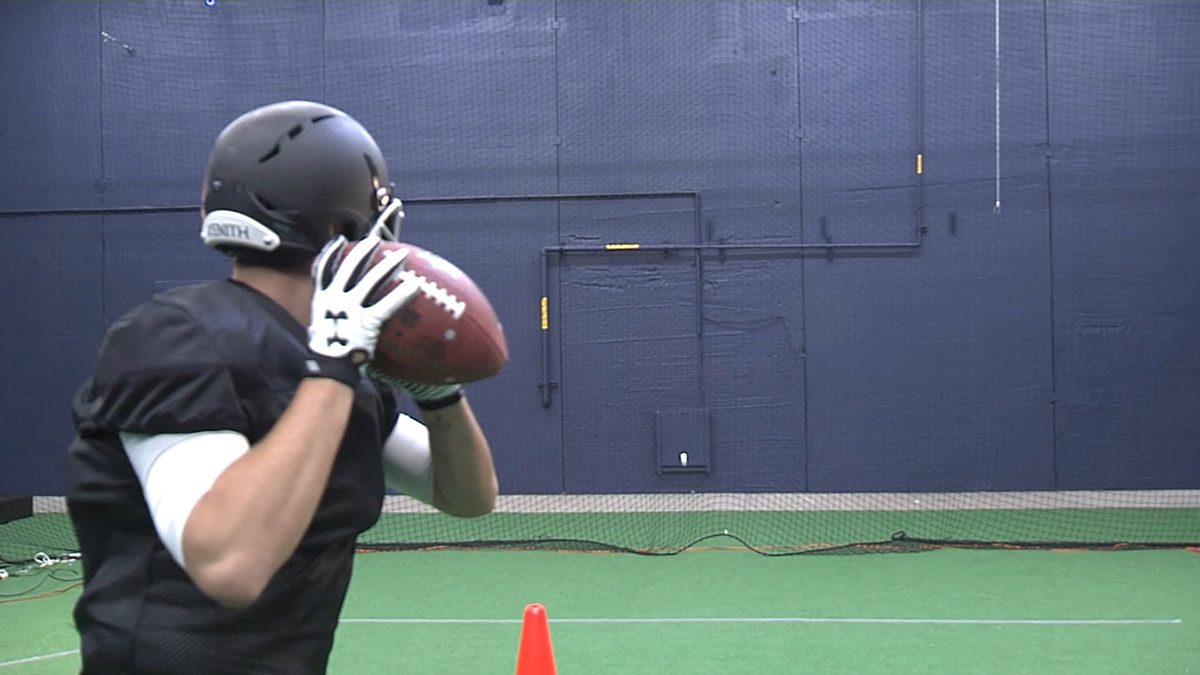
Sundquist’s time in the college and pro game, combined with his background in the Air Force where he saw fighter pilots train daily in simulators, offered him a unique perspective on the problem of quarterback training. This experience led him to found Sports VTS (where he serves as CEO), a Sports Virtual Training System built upon proprietary technologies that take quarterback training beyond Virtual Reality (VR) into a fully immersive, “Simulation Reality.”
The player had to actively generate realistic quarterback behaviors. Simply observing a quarterback, even from a first-person VR perspective, was just not enough Click To TweetFrom observing the way that pilots trained in simulators, Ted realized that the only way to effectively train quarterbacks was also to put them in a fully immersive simulation, with a real football and helmet, room to run, and the ability to throw that ball from the real world right into the simulated virtual environment.
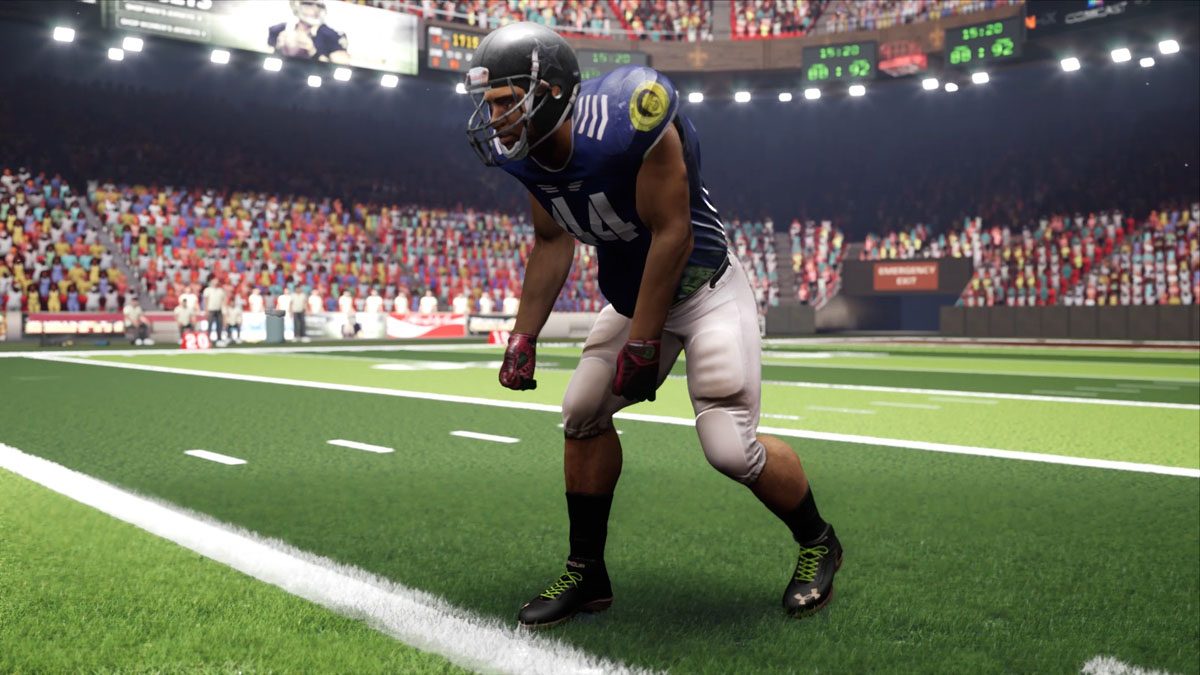
In other words, the player had to actively generate realistic quarterback behaviors. Simply observing a quarterback, even from a first-person VR perspective, was just not enough.
“The vision for Sports VTS came out of my efforts to solve that very real NFL problem. When you combine the most cutting-edge virtual reality training technology with the best practices in training quarterbacks you get our QBSIM platform, which allows you to train a quarterback in a game-like situation, without the risk of contact injury. We are the only system available that allows a QB to throw a real ball in a way that his ability to complete the pass in the virtual training environment is actually based on how accurately he throws the real football.”
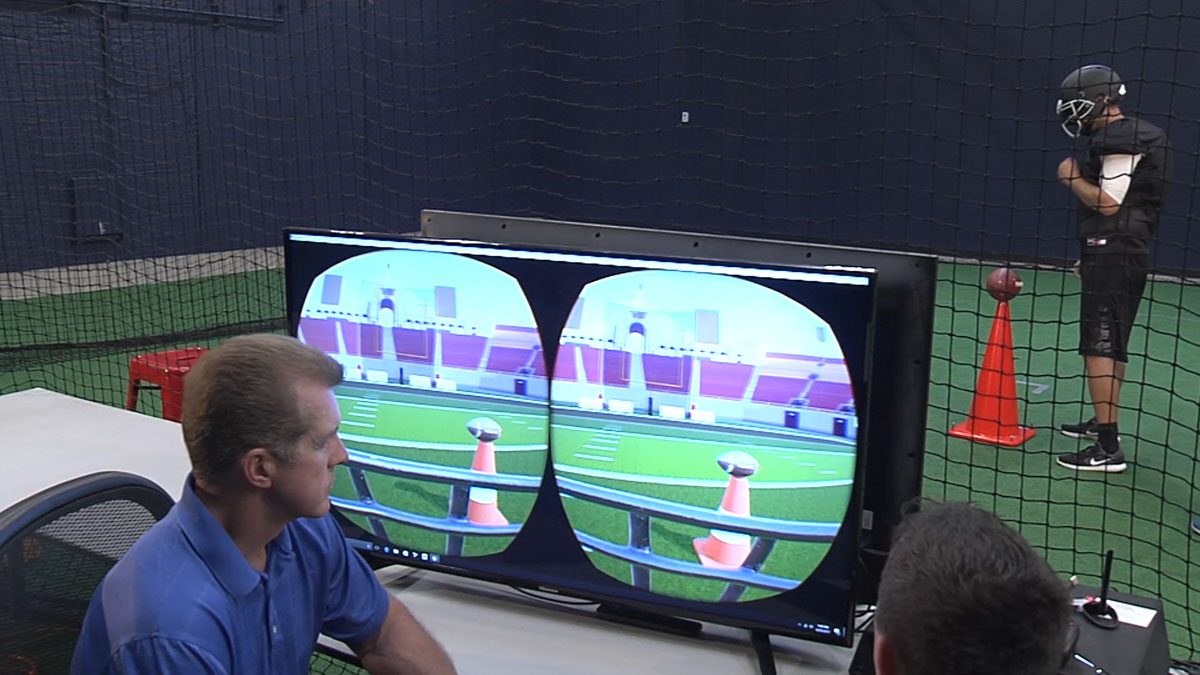
QBSIM takes this training to the next level, however, by incorporating real game data into these simulations:
“The fundamental advancement of QBSIM is its proprietary process for combining years of real game data with the schemes, alignments and responsibilities of real offenses and defenses in a way that allows a QB to step into the simulator and actually practice game speed reps with a true sense of urgency,” Sundquist explains. “The quarterback has to read defenses, call audibles, avoid the rush and, most importantly, make the accurate throw. He can get hundreds of repetitions without tiring out receivers or needing to practice against a full defense. He can also practice as much as he wants without any risk of a contact injury.”
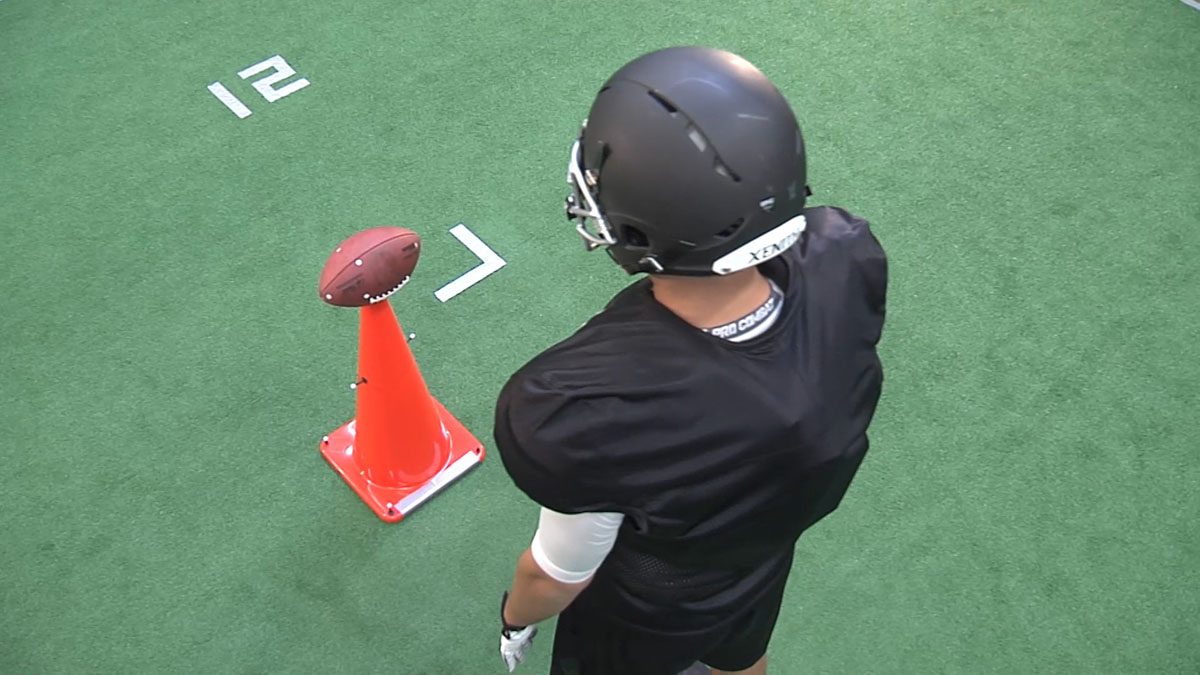
From a brain science of learning perspective, this approach facilitates the development of muscle memory. The ability to take hundreds of reps with different offensive and defensive schemes, trains for both generalization and long-term retention. The key to training any motor or behavioral skill is to provide real-time corrective feedback to the learner immediately following the behavior. QBSIM does this by allowing the quarterback to practice the game at speed, reading the offense and defense, making a decision to throw, initiating the throw and receiving real-time feedback regarding accuracy of that throw, all in real-time.
From a brain science of learning perspective, this approach facilitates the development of muscle memory Click To Tweet QSIM has the potential to democratize quarterback training by allowing non-starters to get the reps that they need to achieve greatness Click To TweetSince repetition is so crucial in the game, QSIM has the potential to democratize quarterback training by allowing non-starters to get the reps that they need to achieve greatness. Additionally, it would allow kids who are interested in the game, to gain valuable exposure and experience to facilitate an informed decision about whether they want to enter the sport.
Ultimately, QBSIM could also be used to assess talent. Once performance norms are developed, players can be rated objectively on their ability to read defenses, to call audibles, and to make the pressure-packed plays. All of this will be invaluable in informing teams’ decisions on who to recruit, draft or trade each season.
Although QBSIM can’t guarantee injury-free practices, it could reduce the likelihood of these occurring, and help prepare backups for prime time Click To Tweet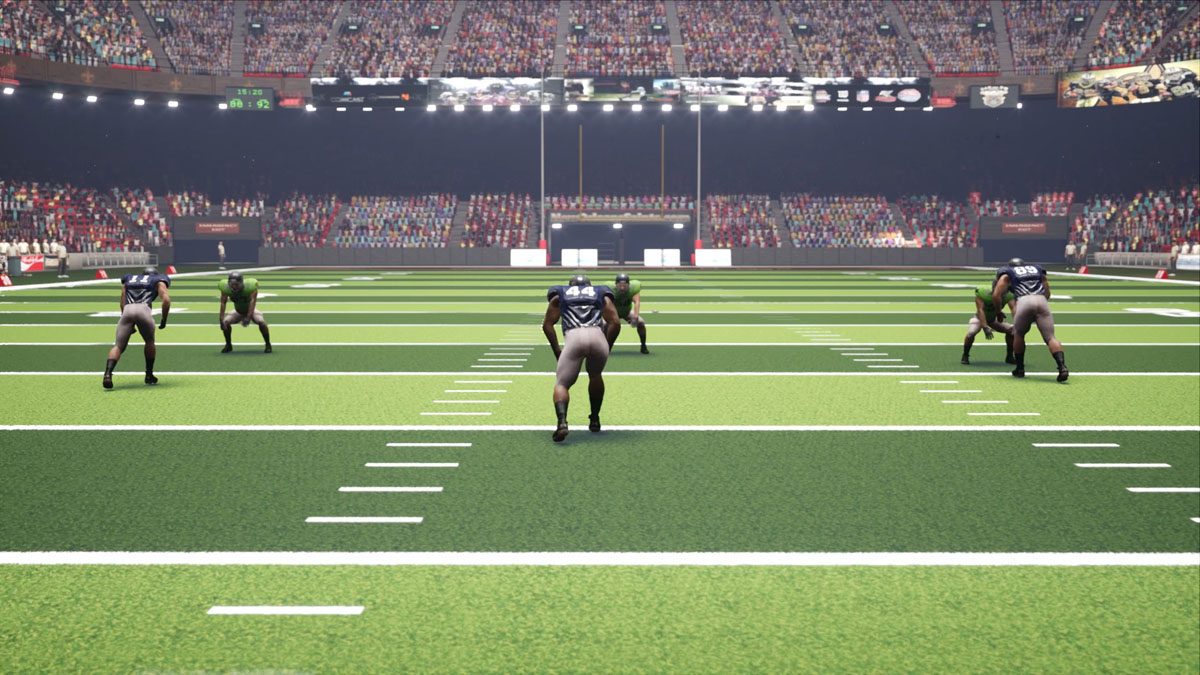
Although QBSIM can’t guarantee injury-free practices, it could reduce the likelihood of these occurring, and help prepare backups for prime time. And as Matt Barnett – Co-founder and COO at Sports VTS – point out, that preparedness could make a very big difference:
“The last thing any team wants is to experience what the Miami Dolphins have faced this season. First, they lose their starting QB, Ryan Tannehill and his $20 million salary to a season-ending injury suffered in practice. Then, because they are not comfortable that their backup QB has enough game experience, they entice Jay Cutler out of retirement for another $10 million. I call this the $30 million practice injury.”
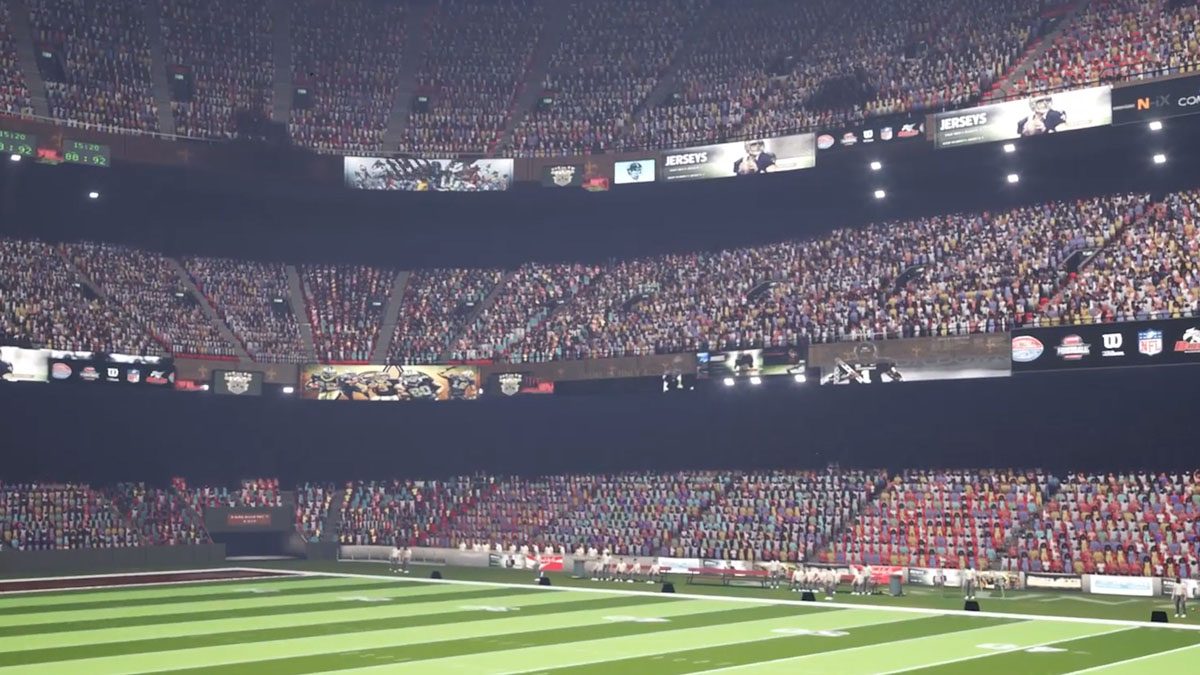
Sundquist and his team are not the only ones who recognize the potential of VR to enhance performance and improve existing coaching methodologies. Some of the earliest applications of VR have in fact been sports-related, including the Stanford University research that led to the launch of STRIVR.
But while only time and additional performance testing will tell which are the best tools and methodologies in this emerging space, the results so far are highly encouraging, and there’s little doubt that sports coaching will continue to greatly benefit from advances in immersive technologies.
There’s little doubt that sports coaching will continue to greatly benefit from advances in immersive technologies. Click To TweetFor companies looking to get into VR/AR/MR our Virtual Reality Consultancy services offer guidance on how these technologies can enhance and support your brand strategy.
Todd Maddox is Science, Sports and Training Correspondent at Tech Trends, and the CEO of Cognitive Design and Statistical Consulting. Follow him on Twitter @wtoddmaddox

